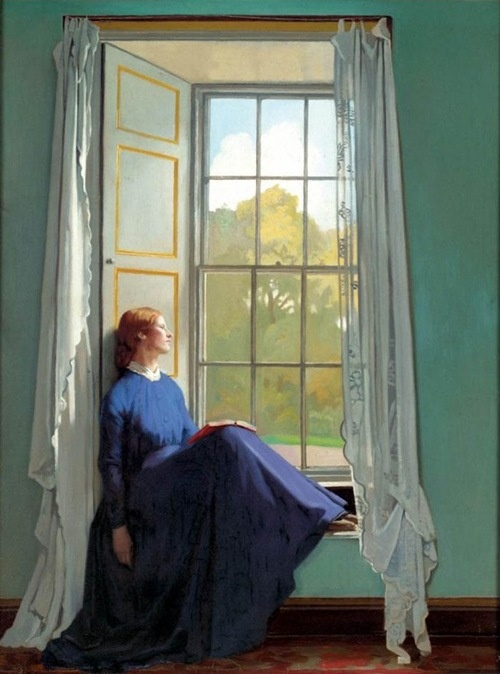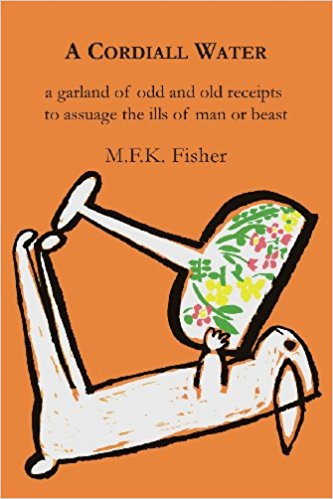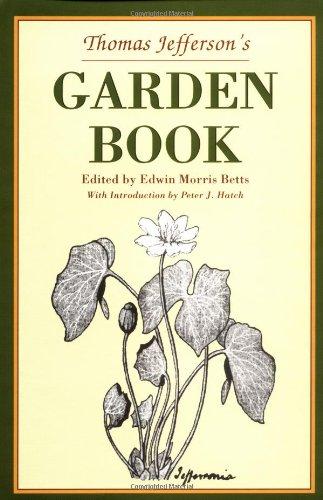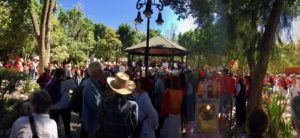
by Sandra Gulland | Aug 1, 2017 | Adventures of a Writing Life |
Imagine a little house—or, rather, more properly, a two-story reading room—containing thousands of books. Imagine this house on the outskirts of Killaloe, a rural village of six hundred in northern Ontario.
Amazing.
I had the pleasure of visiting “Love’s Healing Reading Room” with authors Merilyn Simonds and Wayne Grady last week. We quickly lost ourselves in exploring this eclectic library, books collected by Dr. George Linn over his all-too-short lifetime.
Two books that “caught my fancy” (I love that expression*) were A Cordiall Water by MFK Fisher—

—and Thomas Jefferson’s Garden Book.

Treasures.
The quote below is from a blog post Merilyn Simonds wrote about the reading room, months before we visited it:
“Over [Dr. Linn’s] lifetime, he collected 60,000 books, which he shelved in his house and in his office. When he died, all the books were shipped to a two-storey house built specifically to house them in the small village where he had planned to retire. The house is furnished with bookshelves, squishy chairs and couches, and a wood stove for winter. A sign by the perpetually unlocked front door asks readers to leave their electronic devices in the bowl by the entrance and to enjoy the books within the reading room, returning them to the shelves for the pleasure of others.”
-
fantsy “inclination, liking,” contraction of fantasy. It took the older and longer word’s sense of “inclination, whim, desire.”
That describes perfectly the feeling of discovering such books.
SaveSave
SaveSave
SaveSave
SaveSave
SaveSave
SaveSave
SaveSave

by Sandra Gulland | Jan 23, 2017 | Adventures of a Writing Life, Resources for Writers, The Writing Process |
The day before the Woman’s March
Election Day. The Man Who Shall Not Be Named was sworn in as President of the most powerful nation on Earth. Some were cheering. The majority were in depression.
Above is a watercolour I finished that day, titled, simply, “January 20, 2017.” I see the American eagle as somewhat worn, world-weary, and just a little disgusted.
The morning before the Women’s March
The morning of the Woman’s March, a friend on Facebook asked why women were marching. Perhaps, she suggested,
”… they would be better served by watching what ensues and then, if dissatisfied, work on finding a candidate who can better represent their goals.”
Here was part of my answer:
I doubt that anything will be accomplished, at least in the short-term, although it may get dialogue going and help the silent supporters know that there are others out there who feel as they do. That, in turn, may encourage them to speak out, write letters, campaign, run for office, etc.
Politicians understand that for every letter of protest there are a certain number who agree, but didn’t write. I imagine that the same calculation applies to a march. A massive turn-out should make an impression.
Seeing that there are so many coming out in visible support of women’s issues may, for one thing, encourage women to run for office, and for those in office to reconsider their agenda.
The more practical actions are preferable, I agree, but it isn’t a do this OR do that situation. Many do “all of the above.”
The March itself
The Woman’s March was a beautiful experience here in San Miguel de Allende, Mexico. Hundreds (500? 700?) showed up, both men and women.

Gathering for the Women’s March in San Miguel de Allende, Mexico
Before I headed out to join friends there, I’d seen the news of massive turn-outs. By the time I returned home, the astonishing numbers were coming in.

The Woman’s March in New York City.
By the end of the day, it was said by credible sources that three million protested in the US alone! Even conservative small towns had significant numbers in their Marches. The Man Who Shall Not Be Named tweeted “Why didn’t they vote?” Perhaps he simply forgot that three million more people voted for The Woman Who Will Not Be Forgotten than voted for him.
Lo siento. I sound bitter. In fact, I am still a little blissed-out having been part of the largest demonstration in history. Click this New York Times coverage to get a sense of the crowds.
The morning after the Woman’s March
So, what was accomplished? I believe that in fact the Woman’s March of 2017 may have accomplished a great deal. Politicians who care about the public will have noted the turnout, and (hopefully) will give some thought to how they might vote on women’s issues. Opposition to The Man Who Shall Not Be Named was unified, energized by the experience. Some who had never made their views public before will now become active.
I leave you with two Tweets:
And this one:
In closing, a word about writing and books :-)
Lest you fear that this blog has been hijacked by political concerns, I should note that I am reading Do Not Say We Have Nothing by Madeline Thien — a well-lauded novel on the Chinese Revolution by a Canadian author. (So yes — sigh — politics.)
Also, I sent the last draft of my YA novel to my editor. It’s with teen beta readers and consultants now.
And so: a rest? Not exactly! We’re moving into our new house in San Miguel de Allende a week today.
SaveSave







